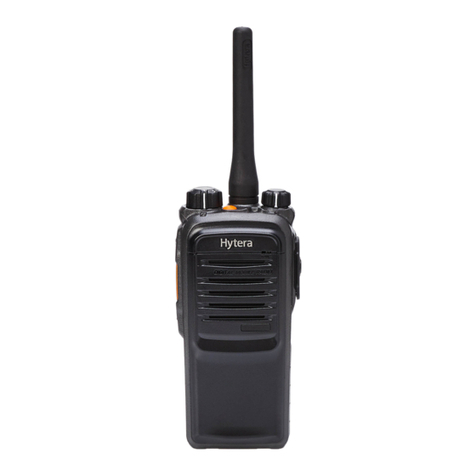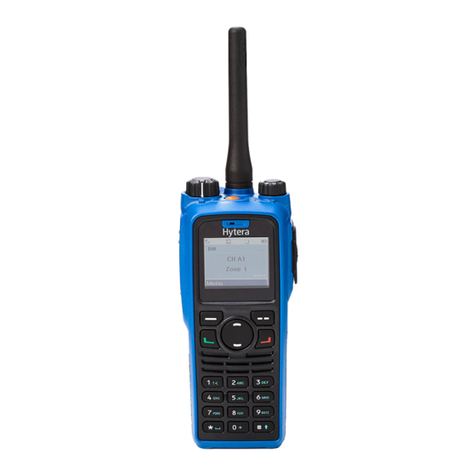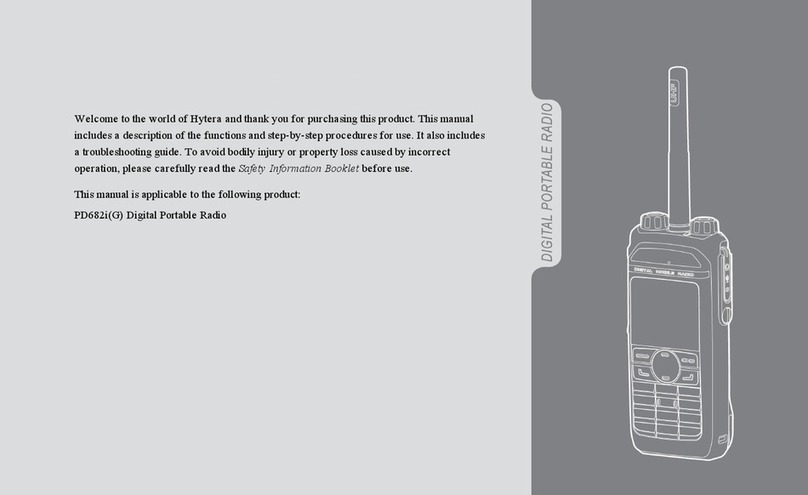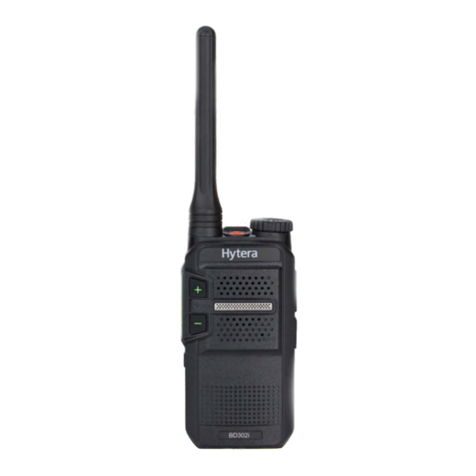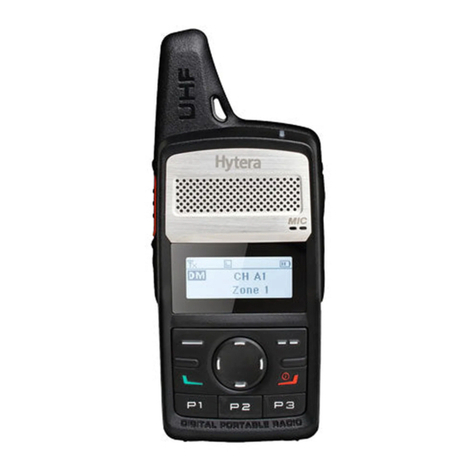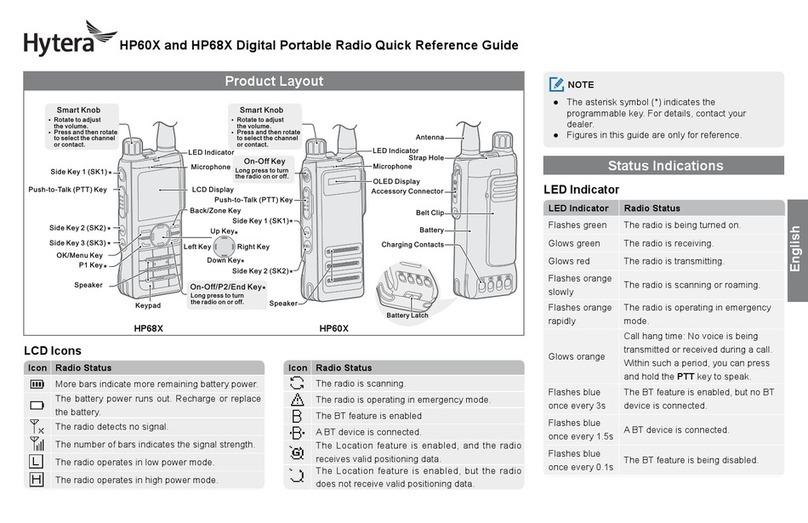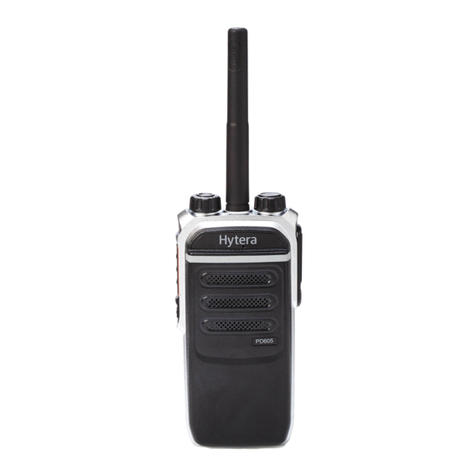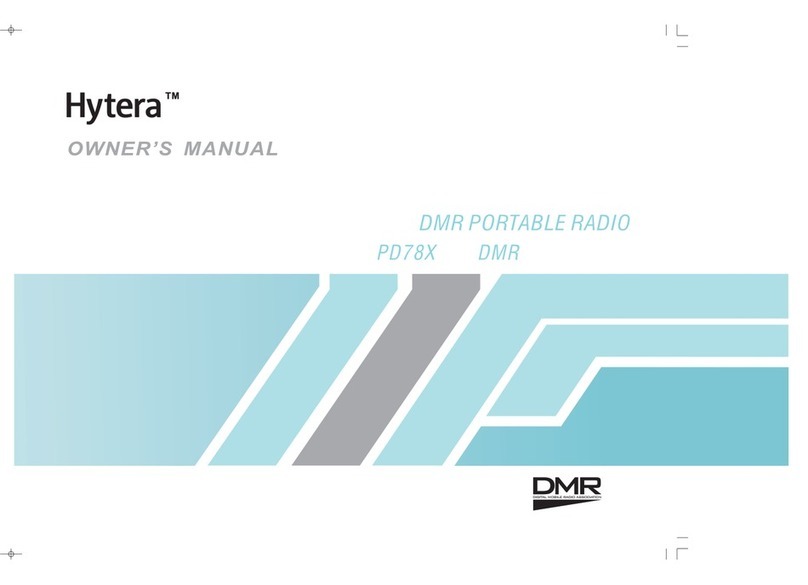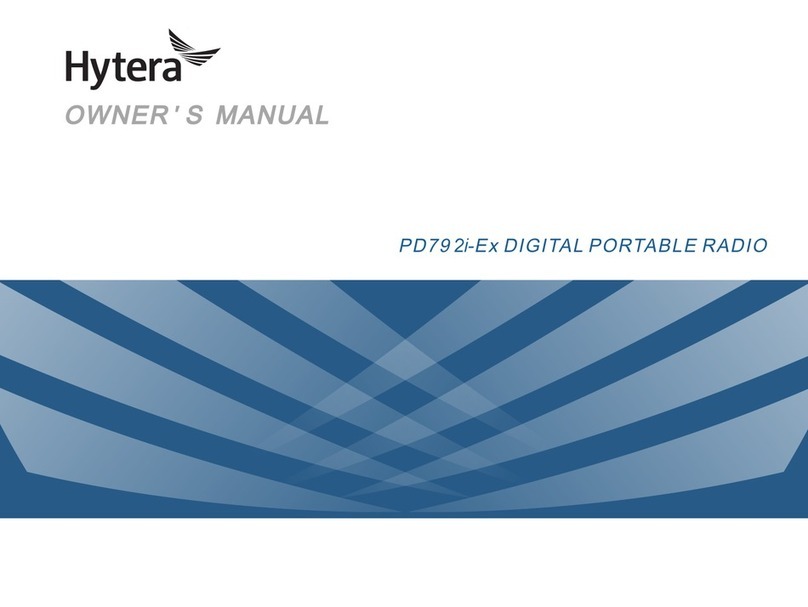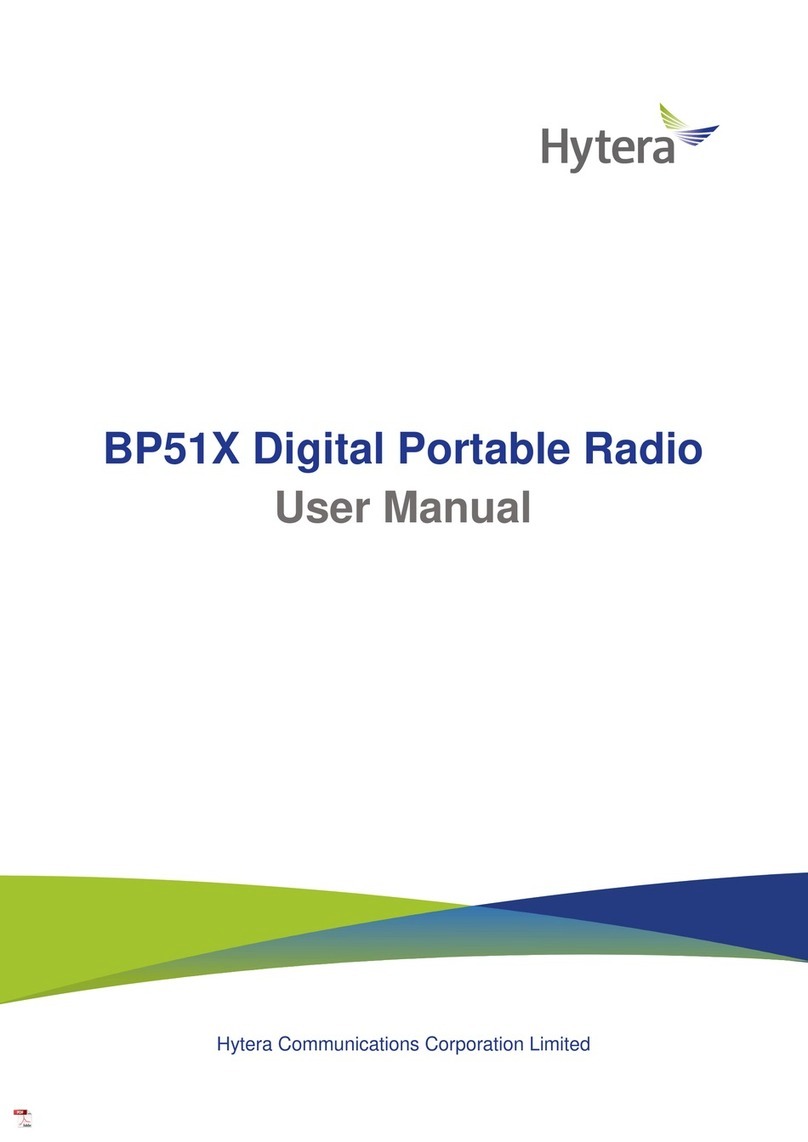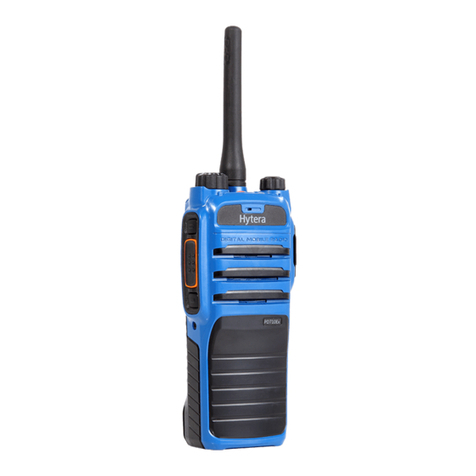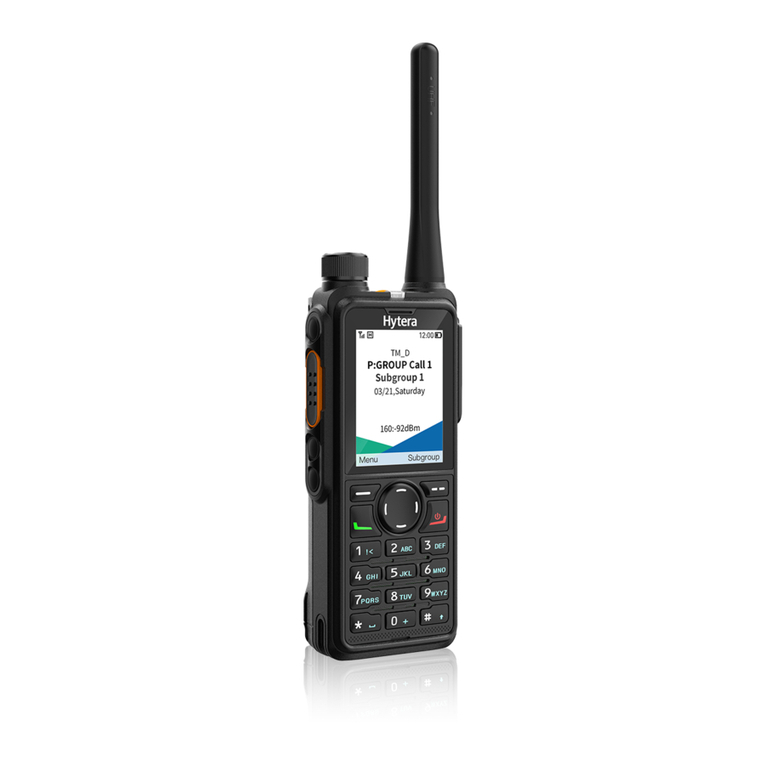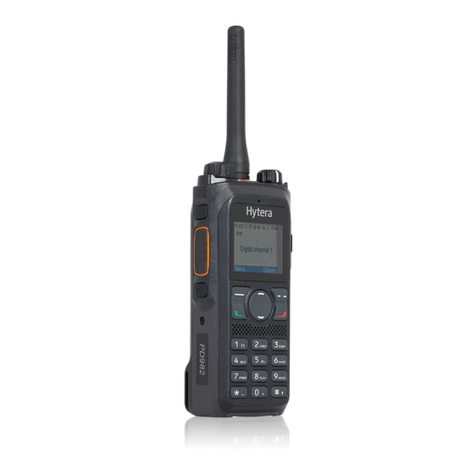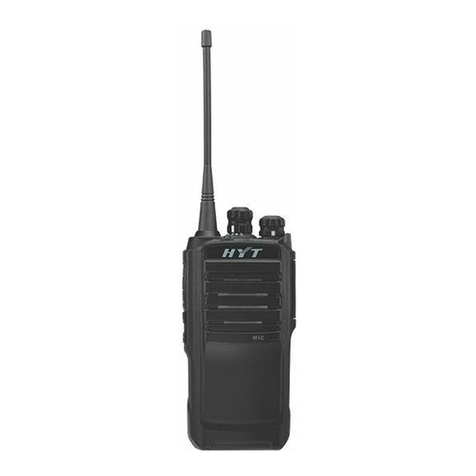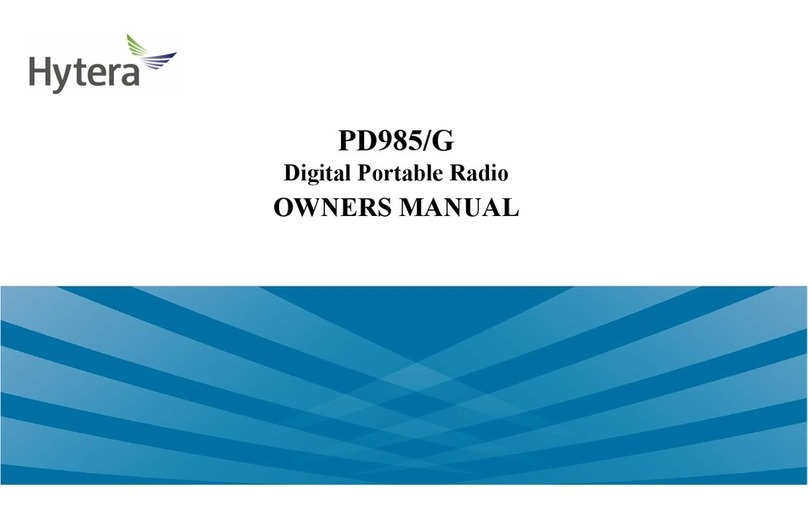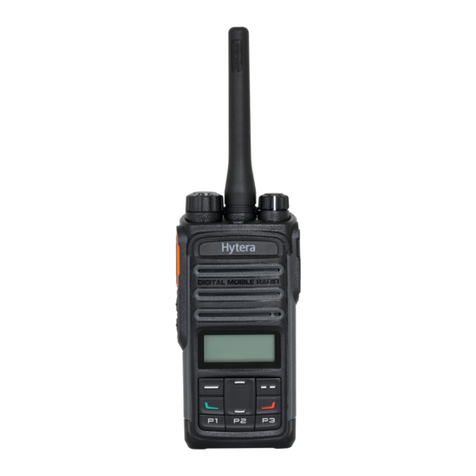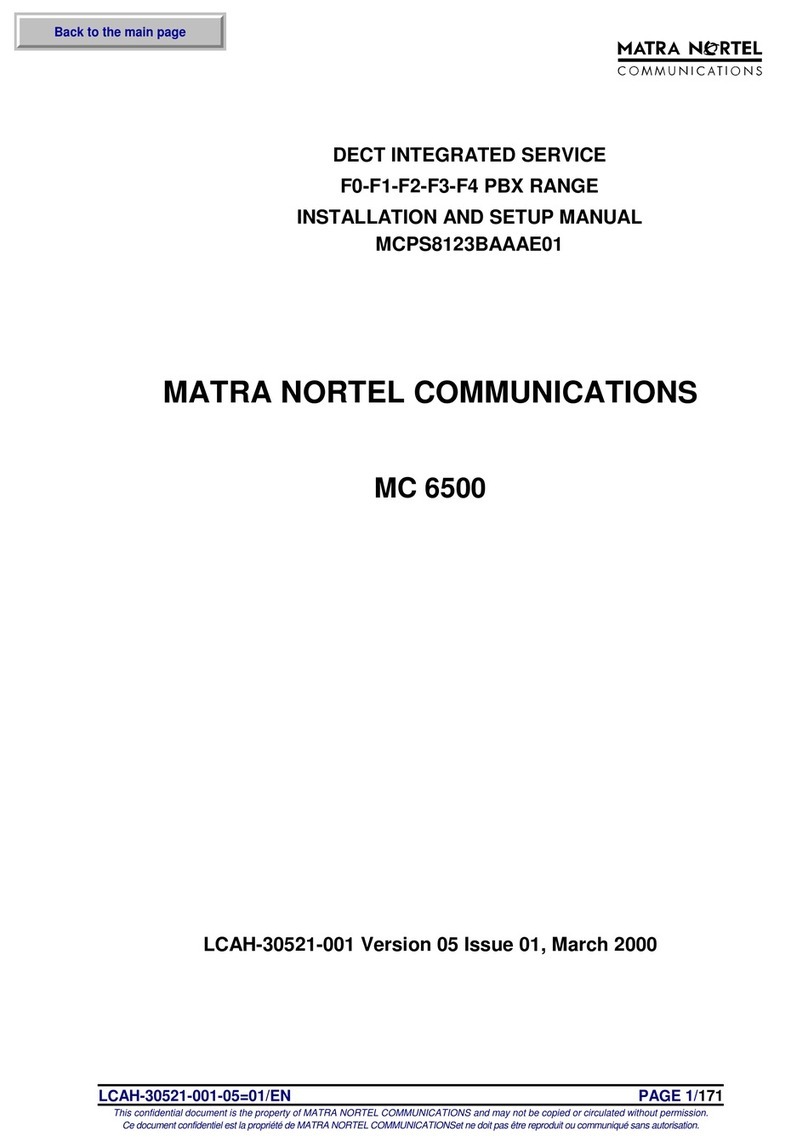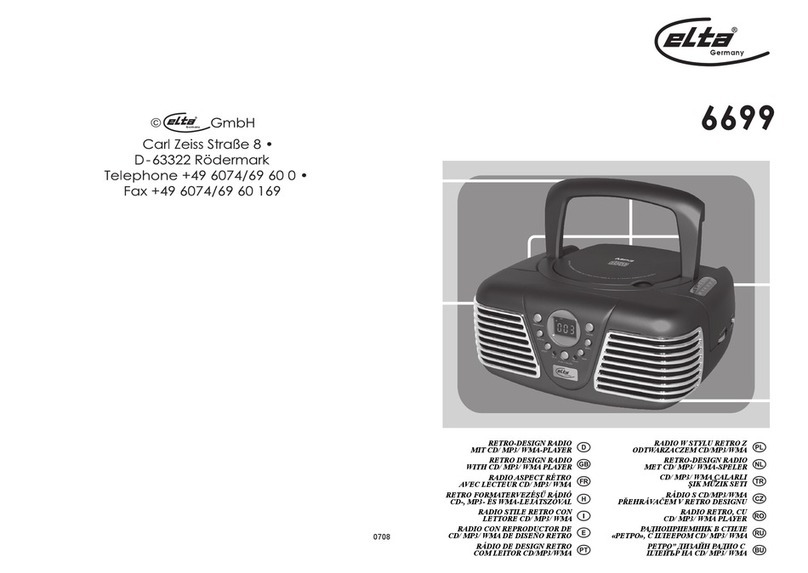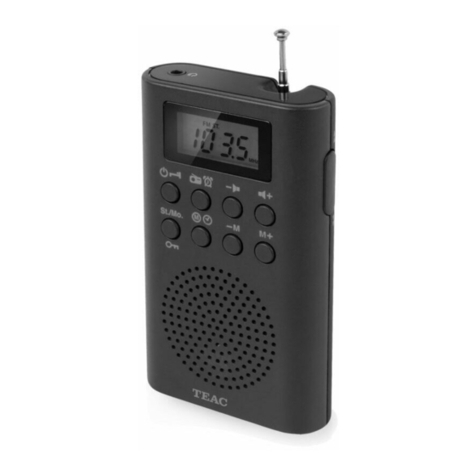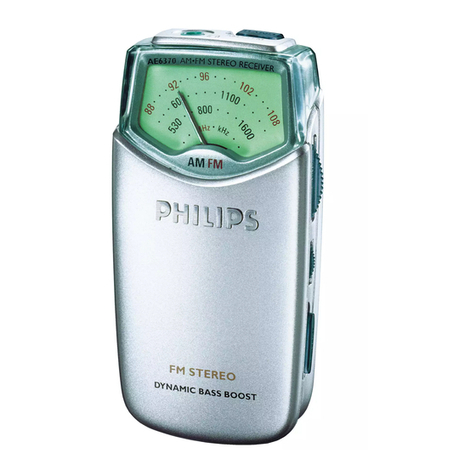
FCC Statement
This equipment has been tested and found to comply with the limits for a
Class B digital device, pursuant to part 15 of FCC Rules. These limits are
designed to provide reasonable protection against harmful interference in a
residential installation. This equipment generates and can radiate radio
frequency energy. If not installed and used in accordance with the
instructions, it may cause harmful interference to radio communications.
However, there is no guarantee that interference will not occur in a particular
installation. Verification of harmful interference by this equipment to radio or
television reception can be determined by turning it off and then on. The user
is encouraged to try to correct the interference by one or more of the
following measures:
·Reorient or relocate the receiving antenna. Increase the separation
between the equipment and receiver.
·Connect the equipment into an outlet on a different circuit to that of the
receiver's outlet.
·Consult the dealer or an experienced radio/TV technician for help.
Operation is subject to the following two conditions:
·This device may not cause harmful interference.
·This device must accept any interference received, including
interference that may cause undesired operation.
Note: Changes or modifications to this unit not expressly approved by the
party responsible for compliance could void the user's authority to operate
the equipment.
RF Exposure Compliance and Control
Guidelines and Operating Instructions
To control your exposure and ensure compliance with the
occupational/controlled environment exposure limits always adhere to the
following procedures.
Guidelines:
·Do not remove the RF Exposure Label from the device.
·User awareness instructions should accompany device when transferred
to other users.
·Do not use this device if the operational requirements described herein
are not met.
Operating Instructions:
·Transmit no more than the rated duty factor of 50% of the time. To
transmit (talk), push the Push-To-Talk (PTT) button. To receive calls,
release the PTT button. Transmitting 50% of the time, or less, is
important because the radio generates measurable RF energy only when
transmitting (in terms of measuring for standards compliance).
·Keep the radio unit at least 2.5 cm away from the face. Keeping the radio
at the proper distance is important as RF exposure decreases with distance
from the antenna. The antenna should be kept away from the face and
eyes.
·When worn on the body, always place the radio in a Hytera-approved
holder, holster, case, or body harness or by use of the correct clip for this
product. Use of non-approved accessories may result in exposure
